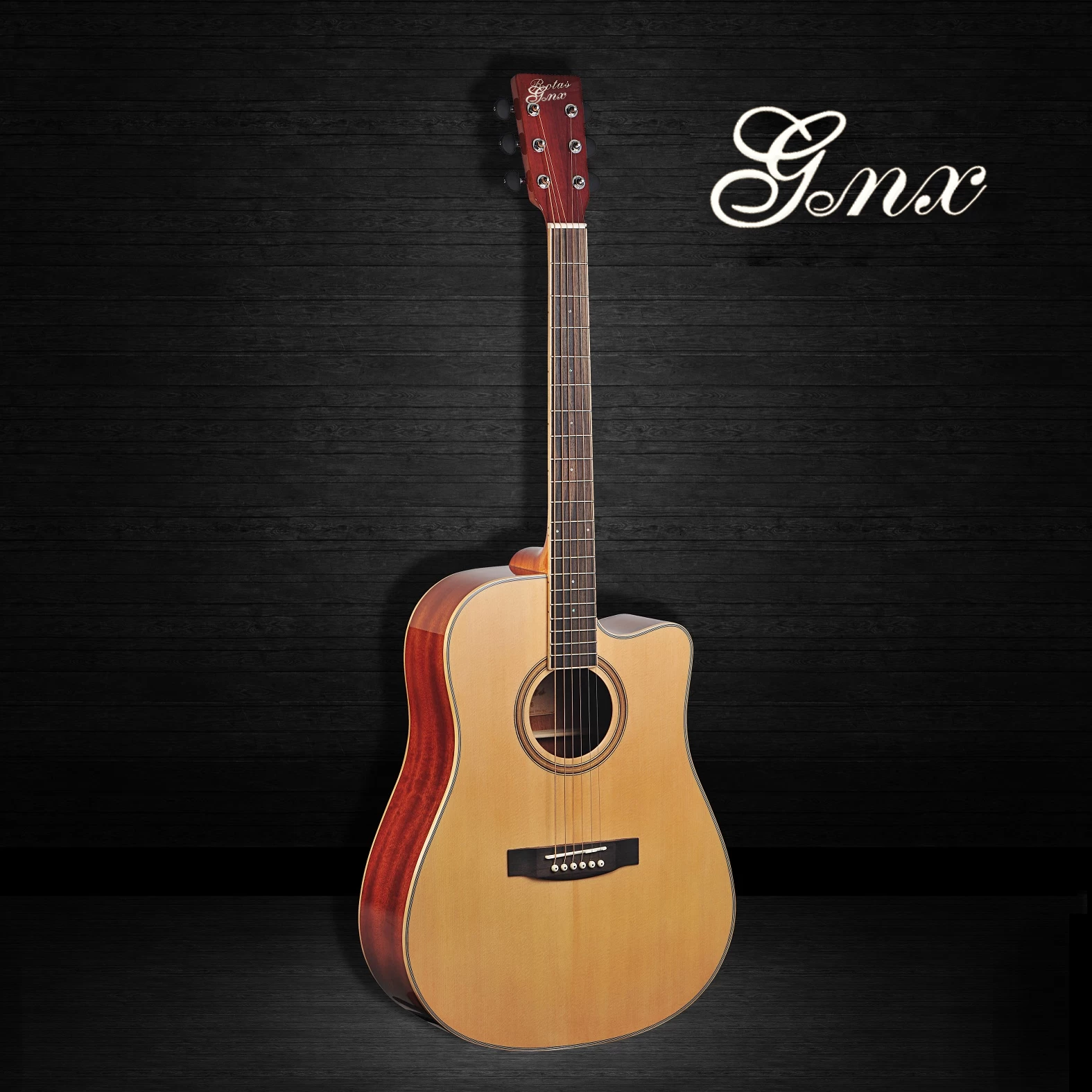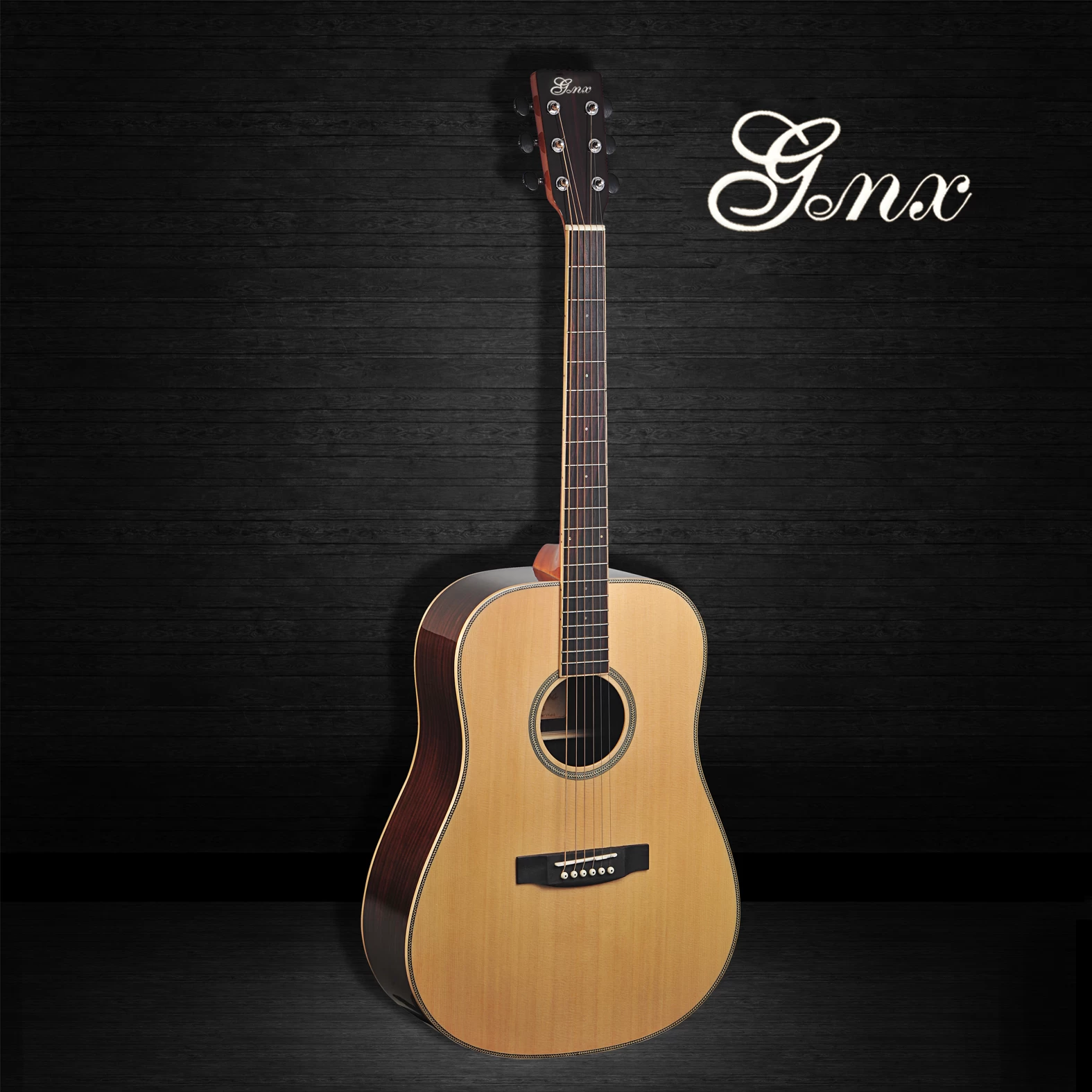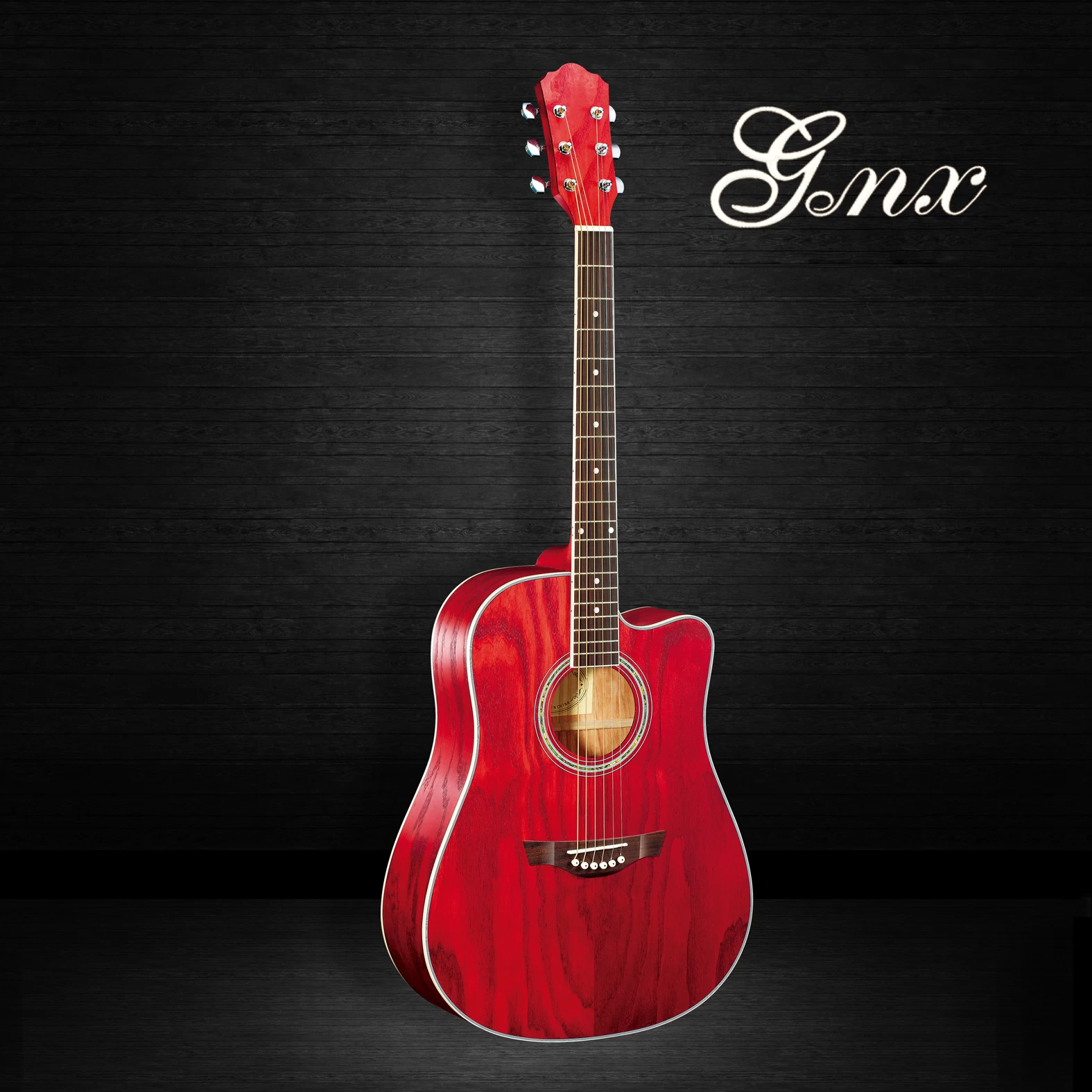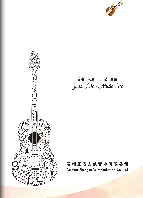10 Tips for Mastering Rock Guitar
2018-05-19 17:12:21
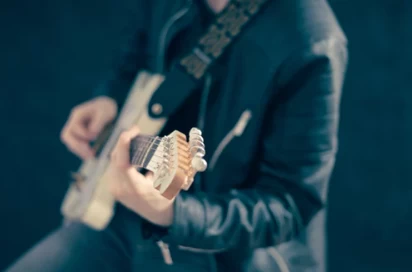
Strumming Accuracy
As rock guitarists, one of the first and most important things we must learn is how to properly strum the guitar. Anyone can sloppily drag the pick across the strings, but what we’re going for here is accuracy and also power, so that we can call upon it whenever the situation demands it, automatically and without thinking.
rock guitar tips
Power Chords
There is probably no single technique more synonymous with rock guitar than power chords. From Jimmy Page and Jimi Hendrix to Paul Gilbert and Eddie Van Halen, the most famous rock guitarists in history have all used power chords extensively in their playing.
What then, is a power chord? The most basic form is composed of only two notes: the root and the fifth, spaced two frets apart, and typically played with the 1st finger on the lowest note (the low E or A string) and the 3rd or 4th finger on the highest note (the A or D string, as the case may be). It’s important to note that power chords are only played on the lowest three strings.
Another possibility is to double the root note. This happens on the 6th and 4th strings (low E and D). For example, an “A” power chord: E string, 5th fret, A string, 7th fret, D string, 7th fret. In this form of the power chord, the 4th finger is tucked under the 3rd finger on the same fret to double the root, thereby producing a fuller sound.
rock guitar tips
Bending Strings
The next must-know technique is string bending. This is done most effectively by placing the 3rd, or in some cases, 4th finger on the string to be bent, and bending it up to the desired pitch by pressing upward with the remaining fretting hand fingers behind the fretting finger to provide leverage for the upward bend.
To practice this technique, begin by playing 1/2 step bends, making sure that your bent note matches the true pitch of the fretted note. For example, play the high E string at the fifth fret to produce the note ‘A’. Next, fret the B string at the 9th fret, and bend the string upward until the pitch matches the ‘A’ note from the 5th fret, high E string. When you’re able to accurately and consistently match the pitch of any note from a half step below, apply the same technique to whole step bends (begin 2 frets below the original fretted pitch).
Slides
Next up on our list are slides, which are perhaps the most self-explanatory technique of all. Simply choose a starting pitch, a target note, and connect them by way of a slide, using the tip of the finger to maintain contact with the string as the finger slides over the frets.
Practice sliding to target notes of varying intervals, and don’t forget to practice sliding with each of the fingers of the fretting hand.
Hammer-Ons
Hammer-ons have two forms. The first is a hammer-on from an open string, whereby we sound the open string and then ‘hammer’ the string to the desired fret with one of the left hand fingers, raising the pitch. For example, the open G string hammered onto the 2nd fret produces the note ‘A’.
The second form of hammer-on is from a note that is already fretted; the technique is the same, but in this case we can only use fingers 2, 3, or 4 of the fretting hand to complete the hammer-on.
rock guitar tips
Pull-Offs
Pull-Offs are simply hammer-ons in reverse; we strike a fretted note and then, with another finger already in position behind the fretted note, we pull the finger that is currently fretting the note down and away from the fretboard, creating a sort of ‘pop’ that sounds the second (lower) note.
Give it a try: Place your 1st finger on the G string, 2nd fret and place your 3rd finger on the G string, 4th fret. Pluck the first note, B, then pull-off to the second note, A. Just like with hammer-ons, we are only picking the first note, the second note being sounded by the force generated by the pull-off.
Left Hand Muting
Left hand muting is a fairly easily explained, and quickly learned technique, but important nonetheless. It is most often used in the context of strumming chords to eliminate unwanted open string notes within the chords. Try this: Grab a C major chord, and lay your 3rd finger a little flatter than usual on the fret. Allow the fleshy part of the 3rd finger to fret the ‘C’, while the tip of the finger touches the bottom edge of the low E string. Now practice strumming the low E and fretted ‘C’ notes together.
If you’re utilizing proper left hand muting, you shouldn’t hear the low E string at all, as it will be deadened by the tip of the 3rd finger.
Palm Muting
Next up, palm muting. We're talking about that aggressively strummed ’chunk’ or ‘crunch’ sound that characterizes nearly every rock tune ever recorded.
It’s easy to do, check it out: Play a C power chord, allowing it to ring out. Next, place the fleshy part of the strumming hand (just above the wrist) on the edge of the bridge of the guitar, and strum the same chord again. Note how the sound is cut off almost immediately after the strum. You can control the sharpness of the palm mute by pressing the palm of the picking hand harder or softer into the bridge. The ideal ‘crunch’ lies somewhere between a completely muted sound (like that of left hand muting) and the wide open strum.
Add a bit of distortion, and the crunchy tone of great palm muting will have you sounding like a pro in no time!
rock guitar tips
String Skipping
Although string skipping often conjures images of wild, pyrotechnic guitar solos, it’s actually a technique used in every style of playing, and therefore essential to add to your arsenal. Let’s begin by applying it to something familiar: the A pentatonic blues scale. Using this scale, play a descending phrase beginning on the D string, 7th fret and ending on the root, ‘A’, on the 6th string, 5th fret. Once you’ve descended to the root note, it’s time to employ the skip: jump the 1st finger up to the G string, 5th fret, and finish the phrase with the 3rd finger on the D string, 7th fret.
This great blues phrase can be used with the blues scale in any key, and will help you get used to string skipping with the 1st finger. Make sure to practice similar skips with all four fingers, using the pentatonic blues scale as a springboard for ideas.
Arpeggiating Chords
Last but certainly not least in our list of essential rock techniques is chord arpeggiation. First, let’s define an arpeggio: it’s simply a chord in which the notes are played one at a time, in succession, rather than all at once, as in a chord strum. For example, to arpeggiate a C major triad, we fret all of the notes of the C chord, and then pick C-E-G-E-C (ascending and descending).
Make sure to use alternate picking (down, up, down, up), and once you can play the triad smoothly, play the remaining notes of the chord, ending the exercise on the root note, ‘C’. Practice this technique with all of the chords that you know, experimenting with open string chords, and don’t be afraid to try new shapes.
Now that we’ve covered the 10 most important techniques to master rock guitar, there’s only one thing left to do: Hit the woodshed!
Good luck, and keep on rocking!






